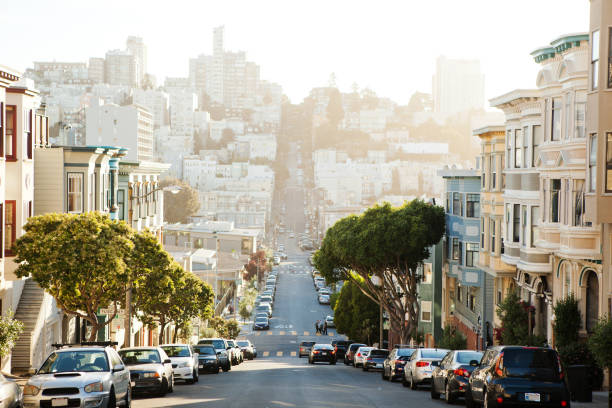When I first came to Berkeley, I was well aware of the Bay Area and its reputation. Friends and family, both in-state and out, hit me over the head with tales of crime, homelessness, poverty, and stuck-up tech CEOs. Although the last admonishment was warranted, as soon as I arrived Berkeley struck me with its beauty; the people on the streets were vibrant and full of life and the colors uniquely cloaked each building in the cool California sun. While noticing this contrast to expectations, I realized that my experience was not just particular to the Bay Area but the state itself.
Two distinct but similar groups seem to be the loudest critics of the Golden State: those who have never been to California and have been drawn to the negatives by their conservative peers, and in-state Californians who hold right-leaning viewpoints and tend to occupy rural areas; some of the latter crawled out of their burrows during the recall election of Gavin Newsom that notoriously failed back in 2021. But an important question we must ask ourselves regarding this hatred is: how much of the contempt for California is warranted? To answer this, critics and fans alike must look at three contentious areas for the Golden State: crime, tax rate, and homelessness.
Whenever you ask anyone on the right about what they dislike about California, one of the first words out of their mouth will be something related to crime. All around social media, videos have been circulating of mass retail theft of supermarkets and luxury stores across the Bay Area, and every once in a while Californians will hear about a supposed illegal immigrant who went on a violent crime spree, even though this group has a lower crime rate than native-born citizens.
Is California a mega-violent state with one of the worst crime rates? Looking at the pure total numbers, yes, but only because it has the most people out of any other state in the nation. The per capita numbers tell a different story. Out of the top ten states with the highest violent crime rates, seven are Republican-run and have a conservative majority legislature. On the other hand, for the ten states with the lowest crime rates, eight are Democrat-run, and while California places at 17th, somewhat close to the top, the state is nowhere near this hyperbolized condition many claim it to suffer.
Even within California, many of the top cities with the highest violent crime rates are strongholds of Californian conservatism, such as Fresno at number two and Bakersfield at three (both of which are currently represented by former Speaker of the House Kevin McCarthy). As one can see, it is very clear that Democratic policies are not correlated directly to crime, even within the state. Conservatives love to push the notion that “tough on crime” positions that have led to the incarceration of millions of black and brown people have increased safety, but the evidence presented proves the contrary.
The next gripe many have with California is the income tax rate. But in reality, the rate is gradual, so while California has the highest income tax rate in the country, it does not even surpass six percent until one makes around $55,000 a year. Furthermore, the revenue the state brings in from taxes does not just go to waste. California has a notoriously large welfare system, one of the largest in the country. In California, the poverty rate is around 20%, but if one excludes safety net programs such as Cal Fresh and income tax credits, the poverty rate jumps to 28%. Essentially, almost one of every three Californians was lifted out of poverty by California’s numerous and well-funded social programs. With one of the largest economies in the world, California has constantly set the standard for how government should take care of the poor, and perhaps instead of berating the state, conservatives should look to it as yet another example of how productively a society can run if politicians address the needs of the population instead of giving tax breaks to the wealthy.
There is one large elephant in the room yet to be addressed: the homeless crisis. California has the largest homeless population, admittedly both by sheer numbers and per capita. Berkeley, Oakland, and San Francisco consistently rank near the top every year when it comes to the largest population per city. Even the most adamant California defenders must concede this issue to conservatives, as it is an unavoidable blemish on the state’s reputation. When one is faced with bad faith attacks or relentless bombardments concerning a political position or specific government it is important not to get so defensive that one defends something plainly unjustifiable. Regardless, it is also imperative to recall that California has the highest population in the country, so it is logical to assume that it would also have the largest homeless population. The amount of unsupported and mentally ill people on the streets of the richest state is disgusting and poses a danger to the unhoused themselves. The next time one is faced with strong criticism of an area that has been deemed by some as “dystopian” or “a result of failed Democrat policies” always remember to take a look into the arguments and find something many pundits or political talking heads do not want you to know. America has a massive issue with misinformation, and if Democrats and liberals do not fight it with facts and evidence, the nation will exist in delusion and hysteria. Do everything you can to help foster a saner political environment.
Featured Image Source: Istock.com






Comments are closed.